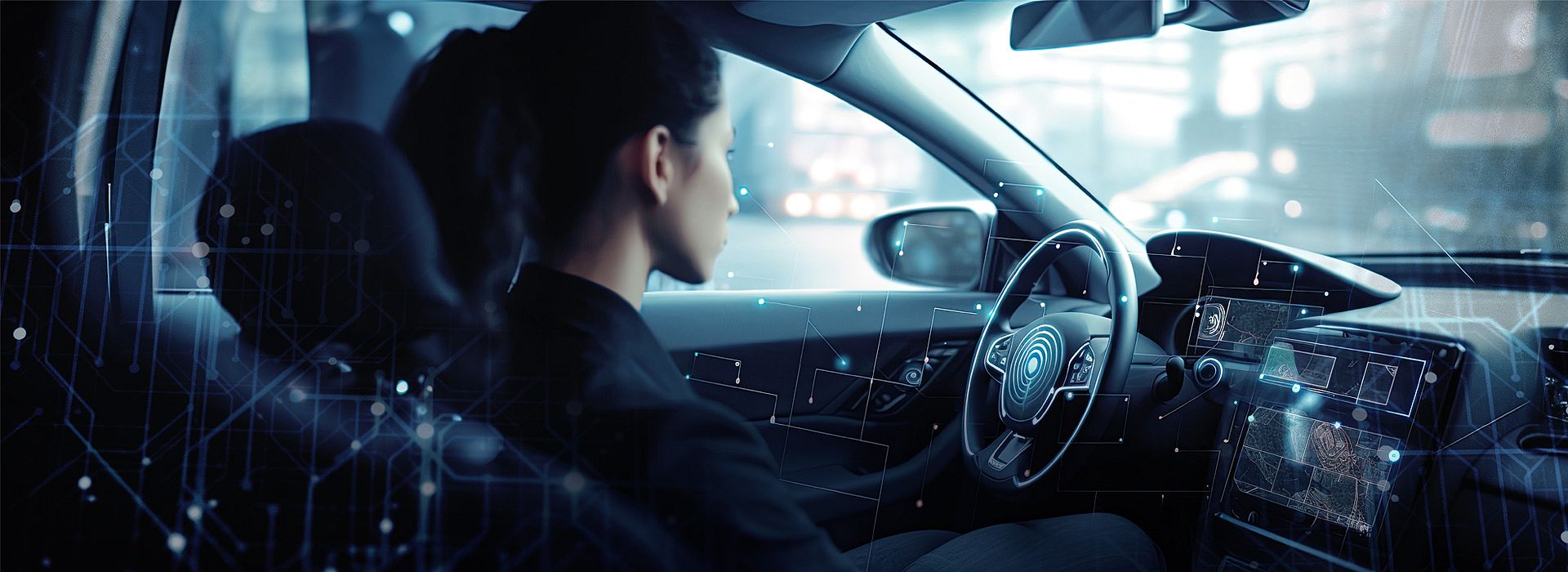
More effective training and robust validation of autonomous vehicles
Simulations are essential tools in the development of autonomous vehicles (AVs). However, current simulation platforms often face a critical limitation: while they effectively model complex driving scenarios, they typically lack the visual authenticity needed for high-fidelity training. This shortfall limits the transferability of AI systems trained in simulators to real-world traffic environments.
Our research project proposes a novel approach to addressing this Sim2Real Gap by combining physics-based simulation with advances in Generative AI (GenAI). Specifically, we aim to explore the integration of Neural Rendering techniques—AI-driven methods that generate synthetic images nearly indistinguishable from real-world camera images. By fusing traditional computer graphics with neural networks, these techniques promise to create scenes that are both visually realistic and physically consistent.
As part of our concept, we also plan to incorporate the BARK Framework, an open-source tool designed to simulate realistic, multi-agent interactions in road traffic. BARK supports the creation of diverse, interpretable, and modular behavior models, making it well-suited for crafting behaviorally rich traffic scenarios.
Together, the integration of Neural Rendering and BARK into physics-based simulators aims to produce synthetic environments that not only look real but also behave realistically. This proposed framework is intended to improve the generalizability of AI models trained in simulation, reduce dependency on costly real-world data collection, and enhance the realism and reproducibility of scenario-based safety testing.
We are looking for companies that want to analyze and optimize their existing requirements and specification practices in the field of simulation technology, 3D rendering and synthetic data generation. Your insights will contribute to the development of practical and efficient solutions for improving simulation technologies and creating realistic, data-driven models.
Get in touch with us and actively shape the future of autonomous driving technologies. Companies that become project partners will have the opportunity to test future tools that we will develop to improve simulation environments and generate synthetic data.
Please fill in the form below. We will get back to you as soon as possible and inform you in detail about the next steps.